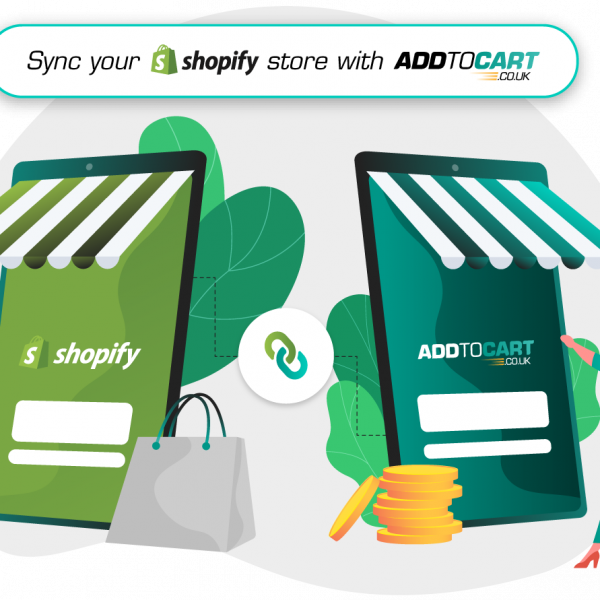Often, one of the trickiest bits of setting up a new business or adding new stock to an established store is figuring out how much you should charge for the products you sell online. Too high, of course, and you risk putting people off your products – but set the bar too low and you could end up making a loss. So how can you figure out the price that’s right for your business?
To begin with, you’ll need to work out exactly what the cost is of each item to you. If your source and resell items, you’ll have a pretty good idea – but don’t forget to include additional costs. After all, everything from postage and packaging to marketing takes time, so make sure that you take this into account as well.
If you’re making your own products, this step will be a little more complex. As well as the cost of raw materials, you’ll also need to consider how much time you spend creating the items and incorporate your hourly wage into the overall cost. At this stage, it’s common for many people, particularly those turning a hobby into a business, to underestimate the worth of their own efforts. But if you set your price too low, your venture will struggle before it’s even begun – and you risk upsetting your fellow small businesses by undercutting them, as well.
Once you’ve covered those basic details, it’s time to think about your final price. And there are quite a few things to consider. Who is your target market, for example, and how much disposable income do they have access to? Are you hoping to create a bespoke, luxury brand, or something a little more budget-friendly? Is your product unique, or do you need to develop a competitive pricing strategy in order to stand out from other brands? All these things combined together will give the right charge for products.
Once you’ve answered these questions, you’ll need to pick a pricing strategy that fits your business. One of the most simple options is known as cost-plus or mark-up pricing: essentially you add up the costs associated with bringing your product to market, then add a fixed percentage on top. So if your items cost £10 in materials, £10 in labour, and £5 in shipping and overheads, you might choose to add 25% on top – resulting in a final price of £31.25. A popular choice for independent businesses, this formula makes it simple to price up products – but it’s far from the only option.
For those entering into a more dog-eat-dog marketplace, competitive pricing could give them an edge. Essentially, this approach involves researching what your competitors are charging and setting your product at a lower price point. In the short term, this technique can drive plenty of customers to your store – although you’ll need to do some careful calculations to ensure that its sustainable for you.
On the other end of the scale, meanwhile, is value-based pricing. For this approach to work, you’ll need a high-quality, unique product and strong brand visibility. Essentially, you price your product according to its perceived worth – if your customers see your items as high-value, you can charge accordingly. But of course, this only works if you’ve got the image and buzz to match your lofty goals.
Another technique, often used by tech giants such as Apple is price skimming: offering a product at a high price initially, then reducing it over time. For new items, this approach creates an air of exclusivity and high-value, driving profits in the short-term. Later, lowering the price ensures constant demand. Great for product launches, this pricing strategy also works best for businesses with something unique on offer.
Finally, there’s discount pricing – the use of coupons, sales and seasonal pricing to reduce your prices to appealing levels. Of course, this technique is great for driving traffic to your store and attracting new customers. It’s also ideal if you have any old stock that you need to shift. But be wary of offering too many discount deals, as you may put your customers off of purchasing at full price.
Once you’ve chosen the pricing strategy that’s right for you, you’re ready to start selling with a set of charge for products. And don’t forget that this isn’t a fixed approach – you can try out several techniques over time and feel the one that works best for your business.







